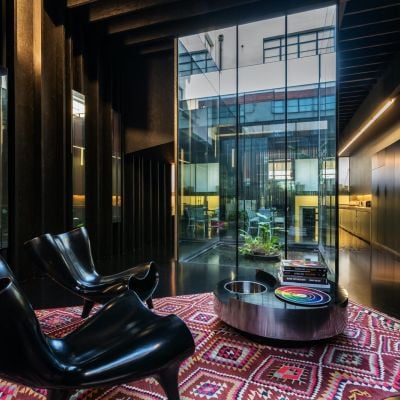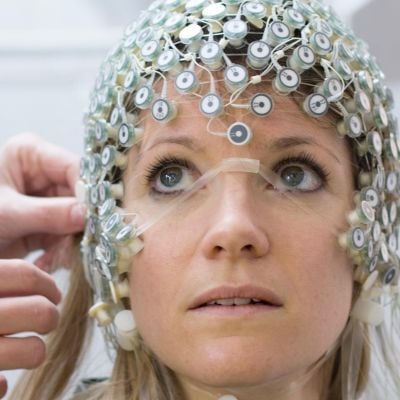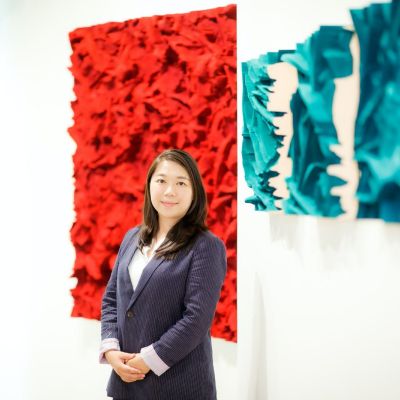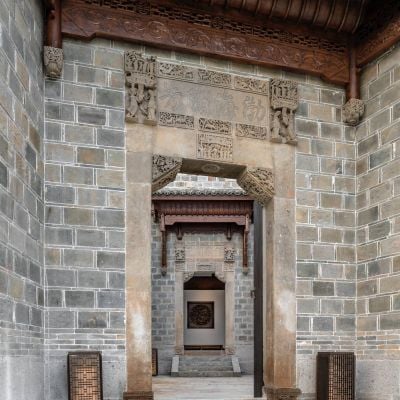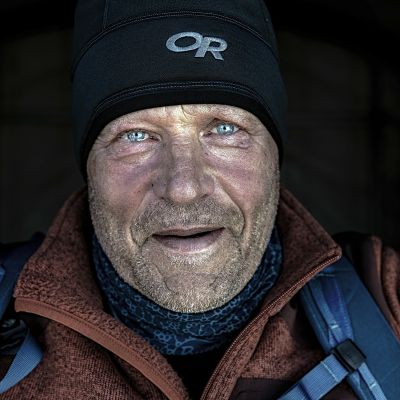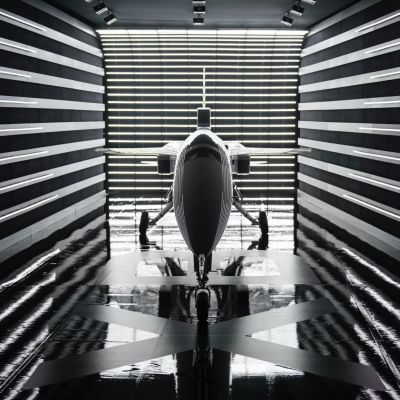Genius Loci
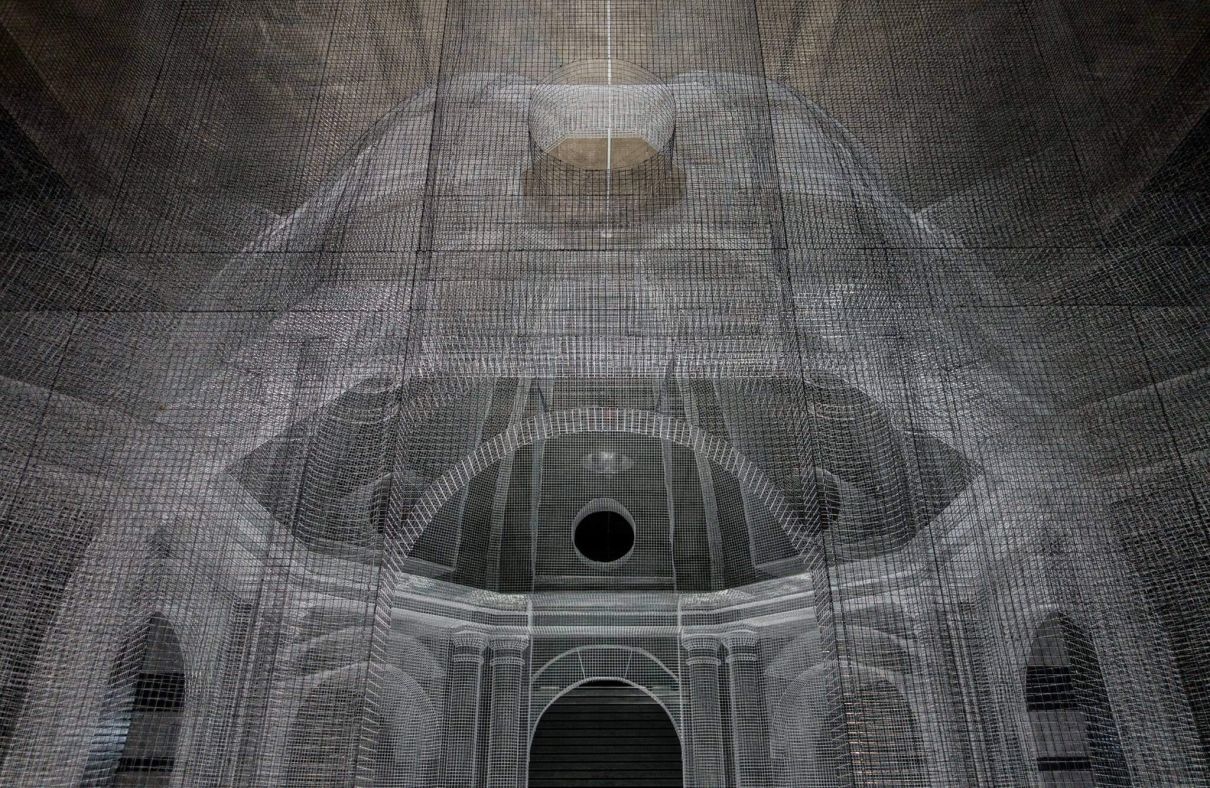
Edoardo Tresoldi creates gigantic sculptures out of wire, playing out a ghostly spirit of place.
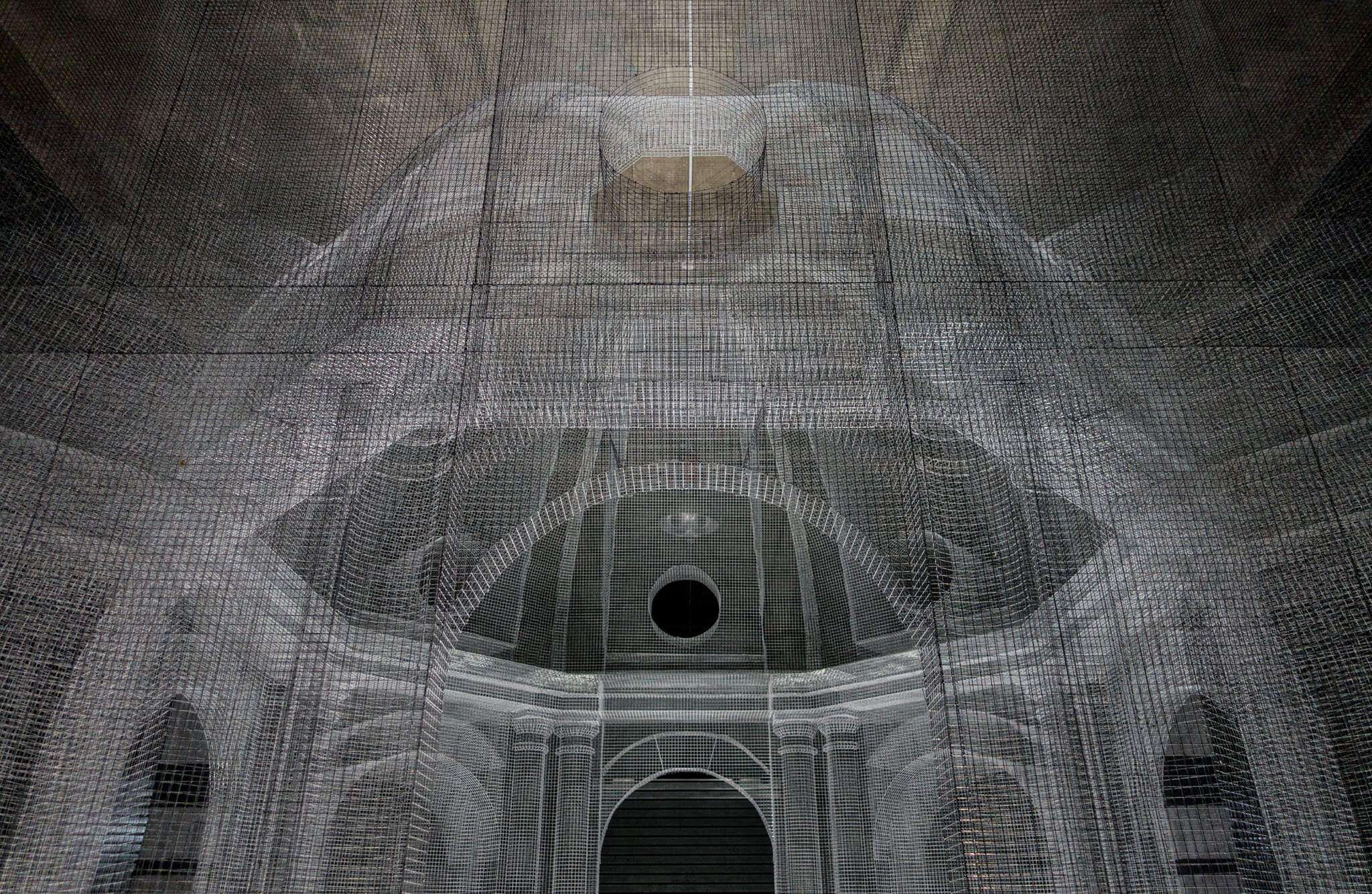
Edoardo Tresoldi - Basilica of Siponto - Manfredonia, Italy - 2016 © Blind Eye Factory
For Edoardo Tresoldi, building sculptures of people, ships or buildings out of wire mesh allows him to at once “draw in the air”, while simultaneously “maintaining a direct connection with the surroundings”.
The 31-year-old from Milan, who was last year named on Forbes’ 30 most-influential European artists under-30 list, trained as an artist since the age of nine under the guidance of painter Mario Straforini.
But four years ago, he began to branch away from convention, experimenting with building ghostly structures from transparent wire mesh. His sculptures have been featured in public spaces, archaeological sites, contemporary art festivals, music festivals and shows.
One of his notable works took form in 2016 in the southern Italian region of Puglia. Tresoldi recreated the Basilica Paleocristiana of Siponto, an ancient Christian church that had been devastated by an earthquake 800 years ago. Over a matter of weeks, he breathed life into this true-to-size mesh rendering of the ancient church in all its Apulian-Romanesque glory.
Its impressive pillars and large curved dome roof were an emblem of the Adriatic town’s role as one of the most important dioceses in Puglia. Tresoldi used 4,500 square metres of wire mesh weighing seven tonnes. Visitors were able to wander around the phantom church and get a sense of its volume, a veritable time machine to ancient history.
Meanwhile, last year in Paris during Maison et Objet and Paris Design Week, Tresoldi built an ephemeral Aura, two huge domes suspended from the glass ceilings of Le Bon Marché Rive Gauche, an elegant department store. He called it “a reflection on the passing of time… through the concept of architecture in ruins”.
Locus, also constructed last year, was a vast ghostly ship built in the Bay of Sapri, southern Italy, during the Derive Music Festival, which took place on the beach. The sculpture was built in collaboration with Italian musician Iosonouncane. His new composition was released from the phantom sailboat for the audience to hear, a novel marriage of music, art and the sea.
Tresoldi spoke at last December’s Business of Design Week in Hong Kong, discussing his motivation, inspiration and his dialogue between art and the world.
What is it about transparent wire mesh that you love?
Its capability to let me draw in the air and, at the same time, to maintain a direct connection with the surroundings. Wire mesh is characterised by an ethereal and intimate dimension that holds the landscape and its elements. They influence the development of the artwork, and become its constituent parts.
When applied to an historical dimension, wire mesh triggers, in addition to the dialogue with space, a relationship with time and history. Through transparency’s language, the visitor enters into a direct and physical connection with the architecture that characterised a certain place in a remote time, but that later disappeared. Its absence, indeed, shows the flow of time marked by history.
What inspired you in the first place to use it?
I created my first wired-mesh artwork Il collezionista di venti (The winds collector) in Pizzo, a small town in southern Italy. It is a figurative sculpture that supervises the winds animating the trees and whistling in the alleys, its moods are influenced by the atmospheric factors. I have been attracted by the site: a tranquil and rarely visited place, located in the town centre, with a magnificent view of the sea.
Which other artists inspire you and why?
My influences are heterogeneous. They include the masters of the past, such as Michelangelo, Bernini and Borromini, Carlo Scarpa’s use of concrete and Antoni Gaudí’s surreal and creative sense of space.
What projects are you currently working on?
I’m working on various projects in Italy and abroad; each of them focuses on a different part of my work. But I can’t reveal anything yet.
What is your ultimate goal?
To establish my own creative factory, to experiment with new techniques and materials, and carry out collaborations with other artists, blending different art forms.
I believe in art as a process of continuous research and not as a path for affirmation.
This article originally appeared in Billionaire's Ideas Issue, March 2018. To subscribe contact

